Tom's Hardware Verdict
Of the two variants of Corsair's CX450, the Great Wall version is more efficient than CWT's, especially under light loads, and has a more efficient 5VSB rail. It uses a rifle bearing fan and has a more-aggressive fan profile. But since you can't choose which manufacturer's version you get, we had to award this PSU the lower score of the two variants. Regardless, this is a very good PSU for its price.
Pros
- +
Low price
- +
Full set of protection features
- +
Good efficiency for a low-cost PSU
- +
Great soldering quality
- +
Rifle bearing fan
- +
Five-year warranty
Cons
- -
Single PCIe connector limits expansion
- -
Not as quiet as the CWT-made CX450
- -
Short distance between peripheral connectors
Why you can trust Tom's Hardware
Features & Specifications
Corsair's budget-oriented CX450 is unique in that it's manufactured by two different OEMs--Great Wall and Channel Well Technology (CWT)--each of which uses a distinct platform. The only way to tell them apart is by their RPS numbers, reference designators given to each model. Both configurations share the CX450's principal weakness: fixed cables. However, they both utilize modern platforms featuring LLC resonant converters and voltage regulation modules, along with high-quality fans.
Priced at $49.99 on Corsair's website (and cheaper elsewhere), Corsair's CX450 isn't the cheapest name-brand 450W power supply out there. That honor goes to EVGA's 450 BT with a list price of $45 (and a street price closer to $30). Although the 450 BT is a solid option, it's based on an outdated platform, comes equipped with a lower-quality sleeve bearing fan and includes a three-year warranty. Meanwhile, Corsair covers the CX450 with five years of protection. It's worth spending the extra money for a more modern design and extra warranty coverage.
Corsair has a habit of quietly updating its products without changing their names, but still improving them. As a result, it's sometimes difficult to distinguish between the older and newer designs. Further complicating matters, if you buy the PSU online there's no telling if you have Great Wall's or CWT's version. Fortunately, there's not much difference between their performance. Noise output is another matter entirely, though.
The aforementioned RPS numbers help with identification. Corsair CX450s that CWT made are stamped with RPS0053, while the ones Great Wall made say RPS0063. Since we have both versions in our lab, we tested them side-by-side to determine if one is better than the other.
Specifications
On paper, the specifications of both platforms are identical. The only notable difference is their fans: CWT's is technically a higher-quality model.
| Manufacturer (OEM) | CWT (RPS0053), Great Wall (RPS0063) |
|---|---|
| Max. DC Output | 450W |
| Efficiency | CWT (RPS0053): 80 PLUS Bronze, ETA-S (82-85%)Great Wall (RPS0063): 80 PLUS Bronze, ETA-A- (85-88%) |
| Noise | CWT (RPS0053): LAMBDA-A- (25-30 dB[A])Great Wall (RPS0063): LAMBDA-S+ (35-40 dB[A]) |
| Modular | ✗ |
| Intel C6/C7 Power State Support | ✓ |
| Operating Temperature (Continuous Full Load) | 0 - 40°C |
| Over-Voltage Protection | ✓ |
| Under-Voltage Protection | ✓ |
| Over-Power Protection | ✓ |
| Over-Current (+12V) Protection | ✓ |
| Over-Temperature Protection | ✓ |
| Short Circuit Protection | ✓ |
| Surge Protection | ✓ |
| Inrush Current Protection | ✓ |
| Fan Failure Protection | ✗ |
| No Load Operation | ✓ |
| Cooling | CWT (RPS0053): 120mm rifle bearing fan (HA1225M12F-Z)Great Wall (RPS0063): 120mm rifle bearing fan (D12SM-12) |
| Semi-Passive Operation | ✗ |
| Dimensions (W x H x D) | 152 x 87 x 143mm |
| Weight | 1.74 kg (3.84 lb) |
| Form Factor | ATX12V v2.4, EPS 2.92 |
| Warranty | Five years |
A five-year warranty is on the long side for a budget power supply. Plus, all of the protection features we'd expect from a name-brand PSU are there. Moreover, we're big proponents of the CX450's 143mm depth measurement, which makes it fairly compact.
Power Specifications
| Rail | 3.3V | 5V | 12V | 5VSB | -12V | |
|---|---|---|---|---|---|---|
| Max Power | Amps | 20 | 20 | 37.4 | 3 | 0.8 |
| Watts | 110 | 448.8 | 15 | 9.6 | ||
| Total Max Power (W) | 450 |
The minor rails offer up to 110W combined power, though they're capable of much more in practice. Meanwhile, the +12V rail can deliver the PSU's full power on its own. This is a clear indication that both platforms utilize DC-DC converters for generating the minor rails. And at a maximum of 15W, the 5VSB rail serves up sufficient capacity.
Get Tom's Hardware's best news and in-depth reviews, straight to your inbox.
Cables & Connectors
| Native Cables | ||||
|---|---|---|---|---|
| Description | Cable Count | Connector Count (Total) | Gauge | In-Cable Capacitors |
| ATX connector 20+4 pin (600mm) | 1 | 1 | 18-22AWG | No |
| 4+4 pin EPS12V (670mm) | 1 | 1 | 18AWG | No |
| 6+2 pin PCIe (600mm) | 1 | 1 | 18AWG | No |
| SATA (410mm+120mm) | 2 | 4 | 18AWG | No |
| Four-pin Molex (410mm+120mm+120mm+120mm) | 1 | 4 | 18AWG | No |
| AC Power Cord (1370mm) - C13 coupler | 1 | 1 | 18AWG | - |
There is only one PCIe connector available. After all, the CX PSUs are mostly for office PCs with integrated graphics engines or low-end discrete boards. Still, it'd be nice to see Corsair offer a couple of PCIe connectors since the CX450 has enough capacity to support them (particularly since there's only one EPS (entry-level power supply specification) connector, too). You don't get a ton of SATA connectivity, though four connectors should be plenty for a $45 PSU. Meanwhile, the four-pin Molex connectors are all made available through a single cable.
Overall, we're satisfied with the cable lengths. However, the distance between four-pin Molex connectors should be at least 15cm.

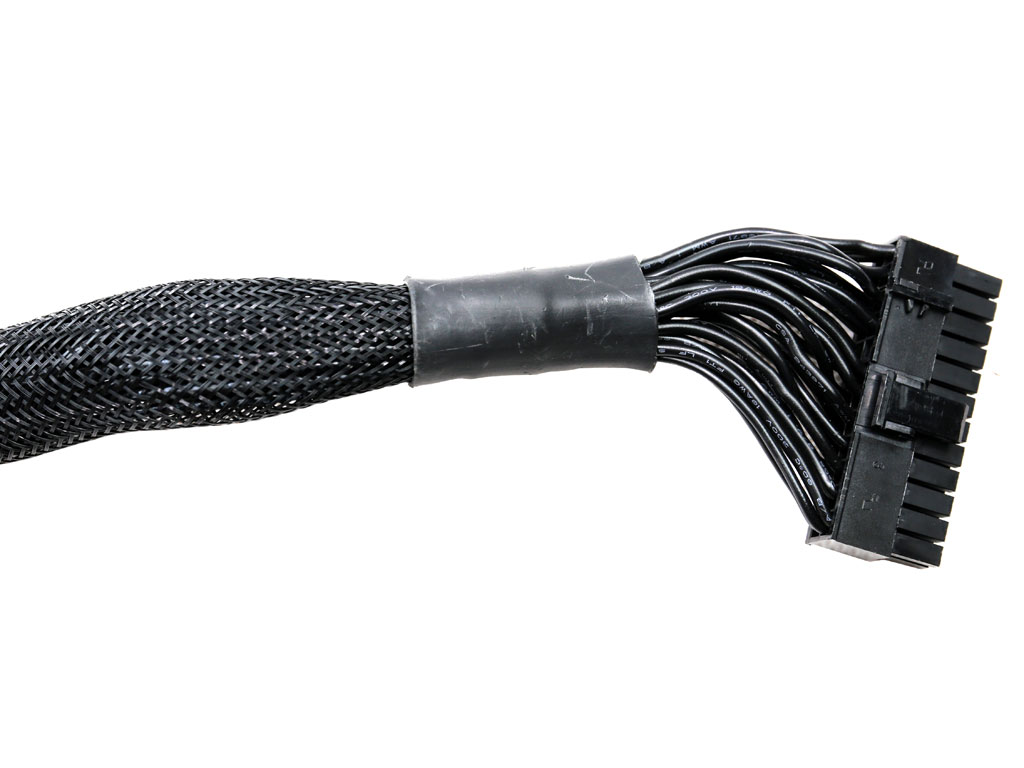



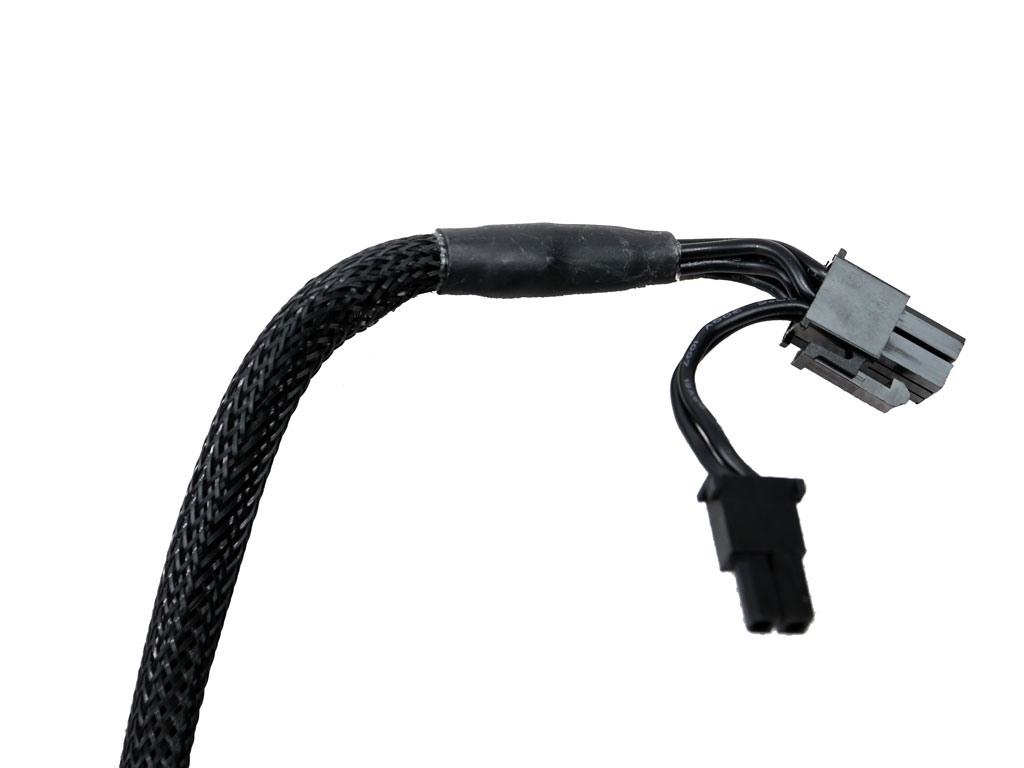
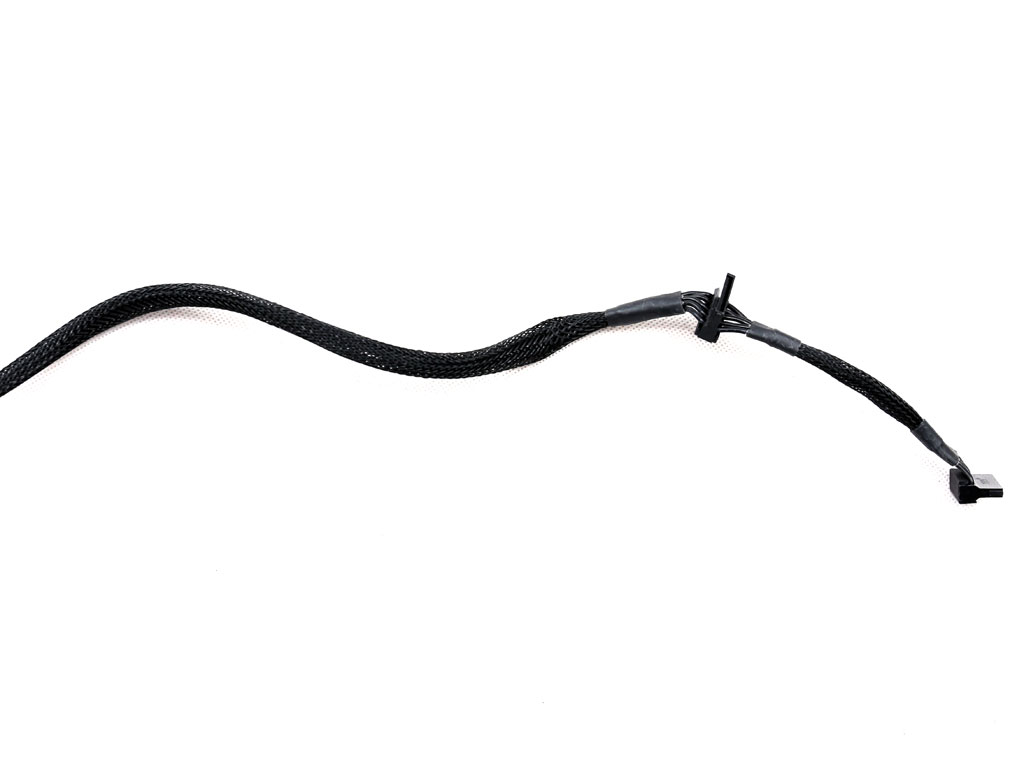
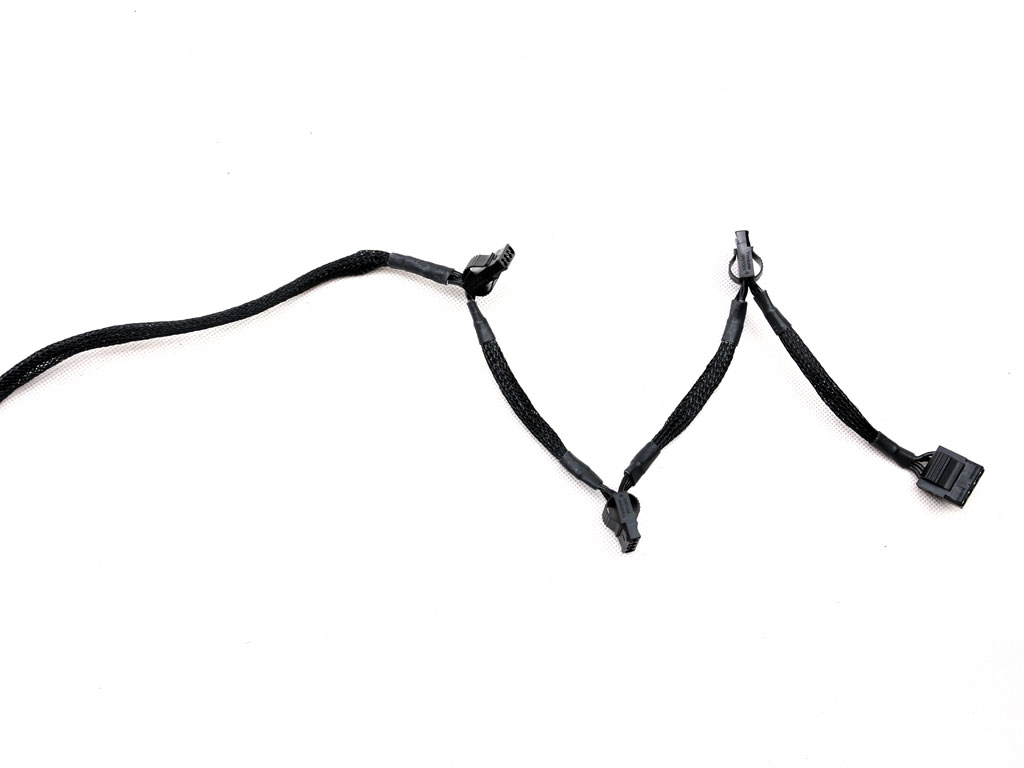
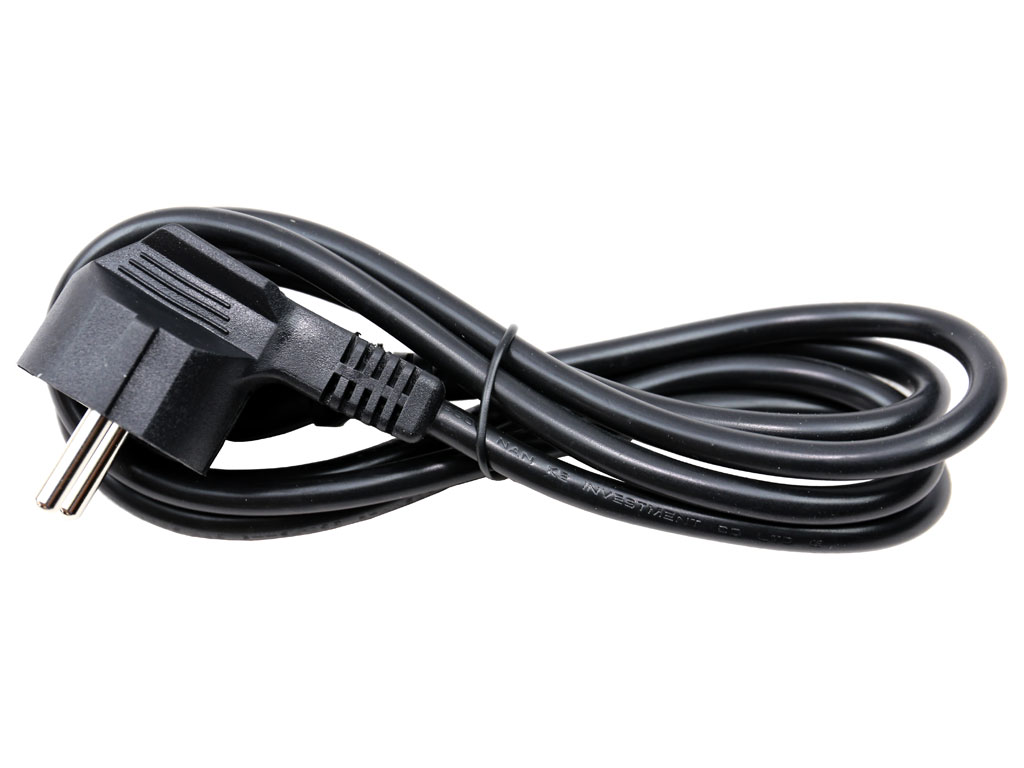
MORE: Best Power Supplies
MORE: How We Test Power Supplies
MORE: All Power Supply Content

Aris Mpitziopoulos is a contributing editor at Tom's Hardware, covering PSUs.
-
jpe1701 Oh thank you Aris, I've been waiting for a review of this. It's always low in price and tempting to recommend but there weren't any reviews.Reply -
Darkbreeze Why do both of the review summary boxes list the Great Wall version? Both the one on the front page and the last page are the same. Seems like you ought to include a summary box for both versions since there seems to be some major differences between them. And even more so since you seem to indicate the CWT version is the better unit, but only include a summary box for the Great Wall unit.Reply -
Darkbreeze I totally understand. No worries mate. Editorial has a bad habit of effectively pooping all over the independent contributors writing as well. Not surprising that they are doing so with your work, but I sure wish somebody in editorial would make a few changes to policy that keeps the finished product a bit more in line with what the contributor intended, which often they don't. In this case, it totally makes zero sense that they didn't leave it as you had it.Reply -
Rexper ReplyWe preferred CWT's version of Corsair's CX450, but that doesn't mean you should avoid Great Wall's
Not that we have a choice.
Great article, once again, Aris!
There is some controversy appearing relating to the fan bearings used in the CX450. JonnyGURU, who works at Corsair, claims both CX450 versions use a rifle bearing.
Unfortunately, we can't know for certain until someone dismantles the fan.
http://www.jonnyguru.com/forums/showthread.php?t=15943&page=2 -
Darkbreeze I don't think it even makes a tremendous amount of difference. Fan failure on power supplies due to bearing fatigue is the least of the issues I've usually seen in the past on older units. Plus, it's not terribly difficult to replace a PSU fan if you have at least of a modicum of common sense and don't possess four thumbs.Reply
If fan noise is the biggest worry, or bearing failure over the long term, then I'd say these are winners for the price point. Most would never hear them over the sound of the rest of the system in any case.
